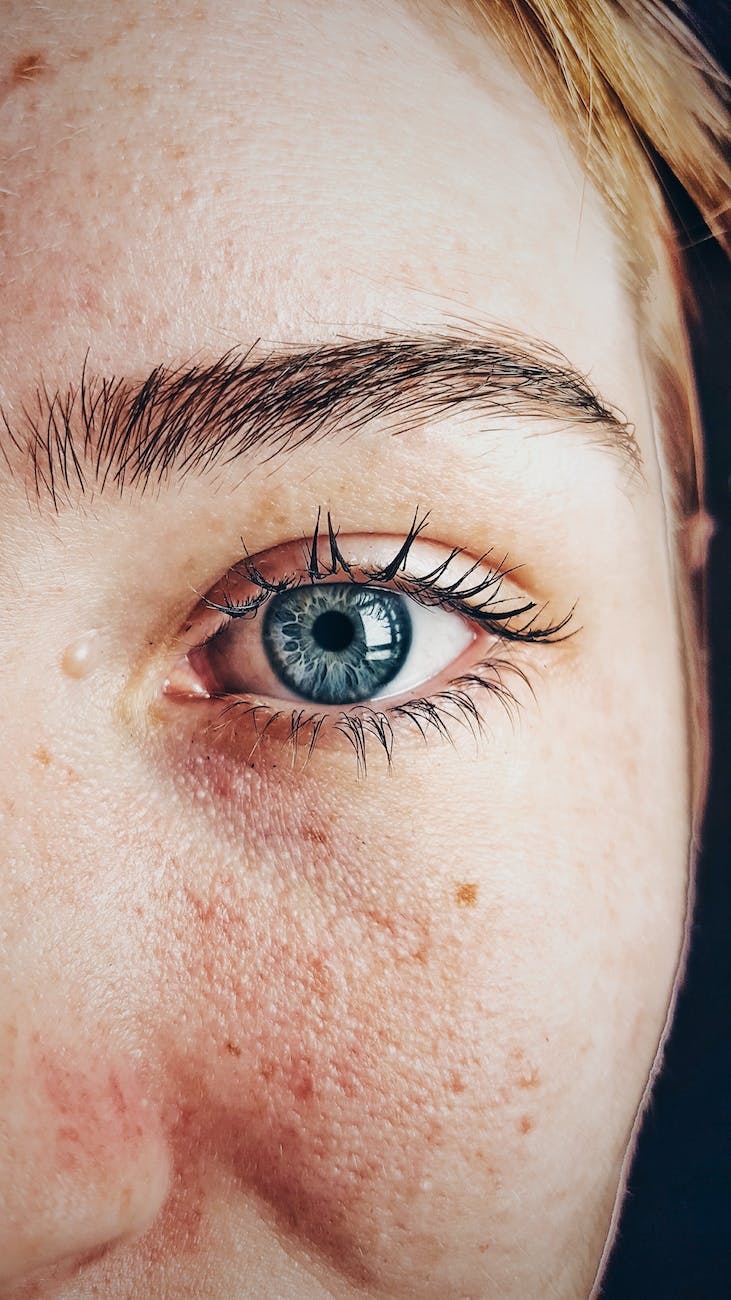
Introduction: The recent legal dispute between Clara Oliva and the Ezricare eye drop company has garnered widespread interest. This blog post aims to provide a concise summary of the case’s key points and delve into the potential consequences of the lawsuit for both consumers and the eye care industry.
Background on the Clara Oliva Lawsuit: Clara Oliva, a user of Ezricare’s eye drops, has initiated legal action against the manufacturer, alleging that their product led to severe side effects and lasting damage to her eyes. The lawsuit has brought the company’s practices and product safety into the spotlight.
Allegations Against Ezricare: The plaintiff, Clara Oliva, asserts that the eye drops produced by Ezricare resulted in blurred vision, eye pain, and inflammation. The lawsuit also claims that the company neglected to provide sufficient warnings about the possible risks tied to the use of their eye drops.
Ezricare’s Stance: Ezricare has responded to the legal proceedings by asserting that their eye drops are safe when used according to the instructions and that they have adhered to all relevant regulations. The company has also emphasized their commitment to ensuring patient safety and their intention to vigorously contest the allegations.
Potential Impact of the Lawsuit: The outcome of Clara Oliva’s lawsuit against Ezricare could have far-reaching implications for both the eye care sector and consumers. A ruling in the plaintiff’s favor might establish a precedent for future cases involving similar claims against other manufacturers of eye care products. Moreover, a judgment against Ezricare could result in heightened scrutiny and potential regulatory modifications within the industry.
Conclusion: As the legal conflict between Clara Oliva and Ezricare continues to unfold, observers are keen to see how the case develops and the potential ramifications for the eye care sector. This lawsuit serves as a stark reminder for consumers to exercise vigilance and stay informed about the products they use, as well as the possible risks associated with them.

